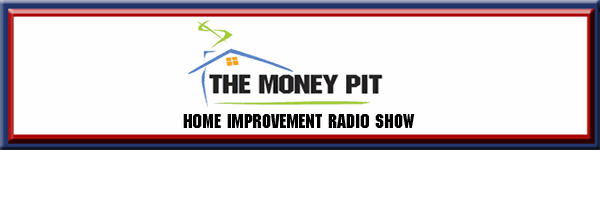Monday Memo: The Power of Pause in Local Radio
By Holland Cooke
Consultant
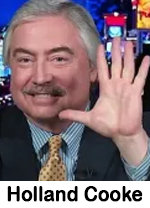 In an industry built on speed – breaking news, live liners, commercial deadlines – “pause” can feel like a luxury radio can’t afford. But Kevin Cashman’s The Pause Principle: Step Back to Lead Forward (Wiley) argues the opposite: pausing isn’t weakness, it’s a competitive advantage. For local radio leaders, the message couldn’t be timelier.
In an industry built on speed – breaking news, live liners, commercial deadlines – “pause” can feel like a luxury radio can’t afford. But Kevin Cashman’s The Pause Principle: Step Back to Lead Forward (Wiley) argues the opposite: pausing isn’t weakness, it’s a competitive advantage. For local radio leaders, the message couldn’t be timelier.
Cashman defines pause as the conscious act of stepping back to gain perspective before moving forward. Leaders who constantly react miss opportunities for growth and innovation. Those who pause, he argues, engage with more clarity, creativity, and authenticity.
Think about the daily grind in local radio. The PD is juggling ratings pressure, expense challenges, talent issues, and a half-dozen urgent emails from corporate. The sales manager is chasing month-end, writing copy on deadline, and fielding calls from advertisers. In that swirl, it’s tempting to equate motion with progress. Yet, as Cashman warns, constant motion without reflection leads to burnout, blind spots, and missed chances to connect.
For broadcasters, pause can take many forms:
- Programming: Instead of cranking out another promo, take time to ask if the message really resonates with the community. What do listeners need from us right now?
- Sales: Before pitching another rate card, pause to explore the client’s true business challenge. That deeper understanding can unlock bigger, longer-term partnerships.
- Leadership: In staff meetings, pause to let quieter voices contribute. The next big idea might come from someone who usually doesn’t speak up.
Cashman links pause to authenticity. When leaders slow down enough to be present, they foster trust. In local radio, where credibility is everything, that authenticity builds loyalty with both audiences and advertisers.
He also reminds us that pause is not about inaction. It’s about deliberate action. A well-timed pause before responding to a crisis on-air, before agreeing to a questionable promotion, or before rushing through a strategic decision can be the difference between a misstep and a breakthrough.
For local stations, the takeaway is clear: The pace isn’t going to slow down. The emails will keep coming, the ratings will keep posting, and the deadlines will keep looming. But leaders who carve out moments of pause will not only preserve their sanity – they’ll make better decisions, inspire their teams, and serve their communities more meaningfully.
Pause. Reflect. Then lead forward.
Holland Cooke (HollandCooke.com) is a media consultant working at the intersection of broadcasting and the Internet. Follow HC on Twitter @HollandCooke




 and radio industry CEOs are pleased with the probability that they will be loosened. Cumulus Media president and CEO Mary G. Berner states, “We’re encouraged that Chairman Carr and the FCC are advancing the 2022 Quadrennial Review. Quickly modernizing the radio ownership rules is essential for listeners who rely on local radio every day. With updated
and radio industry CEOs are pleased with the probability that they will be loosened. Cumulus Media president and CEO Mary G. Berner states, “We’re encouraged that Chairman Carr and the FCC are advancing the 2022 Quadrennial Review. Quickly modernizing the radio ownership rules is essential for listeners who rely on local radio every day. With updated  rules, companies like ours can invest more locally, diversify our offerings, and compete effectively in today’s rapidly evolving audio landscape. We look forward to working with the Commission to make these updates.” Beasley Media Group CEO Caroline Beasley comments, “We would like to thank Chairman Carr for moving forward with the quadrennial review on this critical endeavor. This is a defining moment for our industry to ensure that local radio can continue to fulfill its essential public service mission for decades to come. We look forward to working with the Commission to implement common-sense reforms that will allow broadcasters to compete fairly and keep serving the local audiences who rely on us every day.”
rules, companies like ours can invest more locally, diversify our offerings, and compete effectively in today’s rapidly evolving audio landscape. We look forward to working with the Commission to make these updates.” Beasley Media Group CEO Caroline Beasley comments, “We would like to thank Chairman Carr for moving forward with the quadrennial review on this critical endeavor. This is a defining moment for our industry to ensure that local radio can continue to fulfill its essential public service mission for decades to come. We look forward to working with the Commission to implement common-sense reforms that will allow broadcasters to compete fairly and keep serving the local audiences who rely on us every day.”
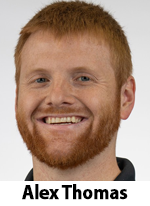 Woodward Community Media makes talk programming leadership moves that it says “strengthens its talk radio leadership with a key promotion and new hire.” Alex Thomas is promoted to brand manager fornews/talk WHBY-AM/W278AU and sports talk WSCO-AM/W256DD in Appleton, Wisconsin. At the same time, Paul Johnson joins the company as the new assistant brand manager for the Woodward Community Media Talk Team. Johnson most recently served with Midwest Communications. Thomas says, “I am thrilled to be given the opportunity to be brand manager of such prestigious stations of WHBY & The Score. With WHBY celebrating its 100th year Anniversary and WSCO’s local sports presence, it’s an honor to represent Woodward Community Media as the talk station brand manager. I look forward to continuing our community impact and highlighting the Fox Valley with great local radio programming.” Johnson comments, “I’m excited to be part of the team at Woodward Community Media! So many talented individuals on staff, and I feel very fortunate to join the team at WHBY and WSCO with the goal of providing great local radio to the listeners of the Fox Valley.”
Woodward Community Media makes talk programming leadership moves that it says “strengthens its talk radio leadership with a key promotion and new hire.” Alex Thomas is promoted to brand manager fornews/talk WHBY-AM/W278AU and sports talk WSCO-AM/W256DD in Appleton, Wisconsin. At the same time, Paul Johnson joins the company as the new assistant brand manager for the Woodward Community Media Talk Team. Johnson most recently served with Midwest Communications. Thomas says, “I am thrilled to be given the opportunity to be brand manager of such prestigious stations of WHBY & The Score. With WHBY celebrating its 100th year Anniversary and WSCO’s local sports presence, it’s an honor to represent Woodward Community Media as the talk station brand manager. I look forward to continuing our community impact and highlighting the Fox Valley with great local radio programming.” Johnson comments, “I’m excited to be part of the team at Woodward Community Media! So many talented individuals on staff, and I feel very fortunate to join the team at WHBY and WSCO with the goal of providing great local radio to the listeners of the Fox Valley.”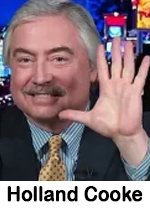 It’s not your imagination. The world has gone daffy. The USA is all-but boots-on-the-ground in rough neighborhoods around the world. Weather is getting even wackier. The next gun nut could open fire, at any moment, anywhere. 2024 campaign? It’s a long way to November. And even in this rebounding economy, supermarket prices still hit-home… if you can get there.
It’s not your imagination. The world has gone daffy. The USA is all-but boots-on-the-ground in rough neighborhoods around the world. Weather is getting even wackier. The next gun nut could open fire, at any moment, anywhere. 2024 campaign? It’s a long way to November. And even in this rebounding economy, supermarket prices still hit-home… if you can get there.
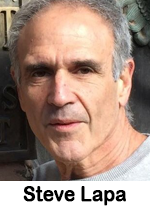 Until NASA approves company logos on rockets, the fastest billboards an advertiser can buy move at over 200 miles per hour, weigh less than seven ounces and are three-hundredths of an inch thick.
Until NASA approves company logos on rockets, the fastest billboards an advertiser can buy move at over 200 miles per hour, weigh less than seven ounces and are three-hundredths of an inch thick.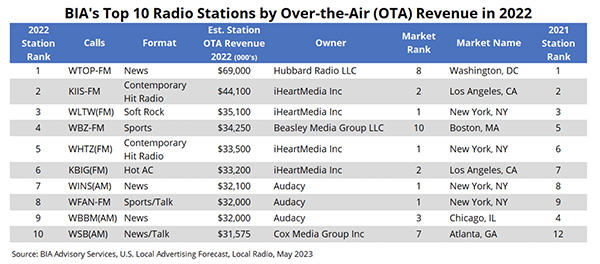
 Whenever possible, USA consumers will pay cash, and they’re paying-down credit card balances, per recently released
Whenever possible, USA consumers will pay cash, and they’re paying-down credit card balances, per recently released 